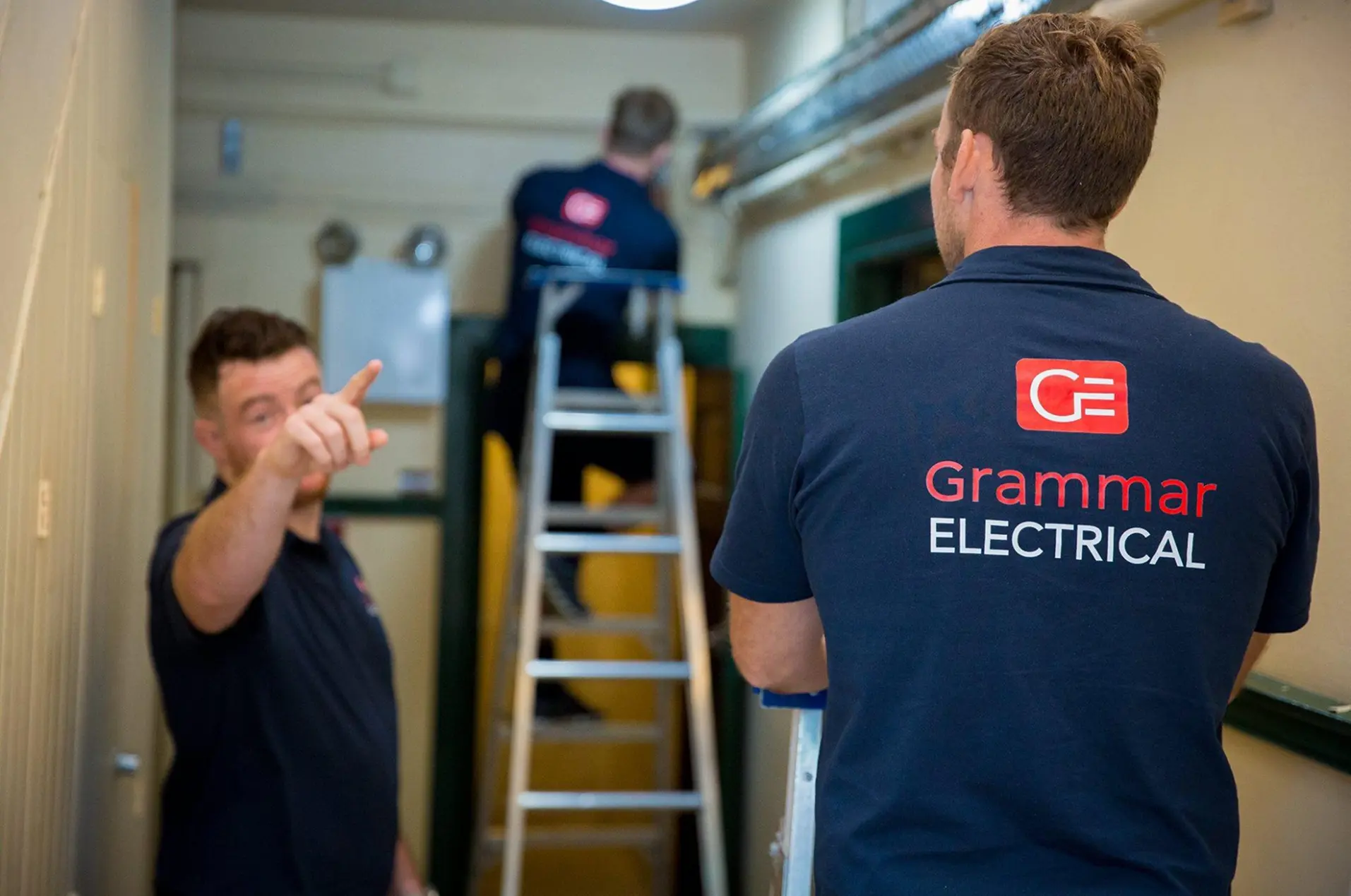Maximizing Efficiency and Safety: The Role of Thermal Imaging in Commercial Buildings



In the realm of building management, thermal imaging is revolutionizing commercial operations by identifying energy inefficiencies, enhancing safety, and improving maintenance practices in a cost-effective manner.
1. Identifying Energy Inefficiencies
Commercial building managers face challenges in maintaining energy efficiency, with HVAC systems being major energy consumers. Thermal imaging helps identify energy loss areas like poorly insulated walls and air leaks. Targeted repairs from thermal imaging lead to reduced energy costs and aid in meeting sustainability goals for commercial buildings in an environmentally conscious market.
2. Preventive Maintenance and Equipment Monitoring
Thermal imaging in commercial buildings helps prevent costly downtime by detecting potential issues in mechanical, electrical, and HVAC systems early. It can identify overheating in motors, electrical panels, or circuit breakers, preventing unexpected breakdowns and extending equipment life.
3. Enhancing Safety and Reducing Risks
Thermal imaging enhances safety in commercial buildings by detecting electrical faults and water leaks early, preventing fires, mold growth, and structural damage.
4. Supporting Compliance with Regulations
Thermal imaging is valuable for ensuring compliance with energy efficiency and safety regulations in commercial buildings. It aids in conducting energy audits and efficiency assessments as mandated by building codes. Additionally, it helps insurance companies inspect electrical systems in older buildings non-invasively, documenting the building's condition for necessary repairs.
5. Improving Comfort for Occupants
Comfort is key to tenant satisfaction in commercial buildings. Thermal imaging helps building managers create a more comfortable environment by ensuring that HVAC systems are functioning optimally. By identifying areas where heating or cooling is uneven, building managers can make necessary adjustments to improve temperature consistency throughout the building.
This not only enhances the comfort of occupants but also improves indoor air quality, as proper ventilation and temperature control reduce the risk of mold growth and other indoor air quality issues.
6. Streamlining Building Inspections
Thermal imaging enhances commercial building inspections by providing quick, non-invasive evaluations, enabling identification of issues efficiently and allowing for more frequent inspections to maintain health and safety standards.
Conclusion
Thermal imaging has become an indispensable tool for managing commercial buildings, offering a wealth of benefits that enhance efficiency, safety, and occupant satisfaction. From identifying energy inefficiencies and preventing equipment failures to ensuring compliance with regulations, thermal imaging provides building managers with the insights they need to make informed decisions.
Thermal imaging plays a crucial role in commercial building management by enhancing sustainability, safety, and cost-efficiency, ultimately creating better environments for occupants. Contact us to book a thermal imaging request for your property.
Auckland’s Trusted Electricians
Fast, reliable electrical repairs, installations & upgrades - available 24/7.
Book Online & Save $15
Got a question?
Contact us for a FREE installation quote or book your job online today.
Same Day Service Guarantee - Terms & Conditions

The "Same Day Service Guarantee or it's Free" applies to:
a. Residential work and Commercial only.
b. Jobs specified as needing same day service when booking a job by phone or online.
c. Residential and Commercial work booked with Grammar Electrical:
i) Before 11:00AM
ii) For calls or online bookings received after 11:00AM, the customer will be offered a job. Booking for the next business day and normal callout fees ($170+ GST) will apply.
iii) Any other jobs booked outside business hours (9:00AM - 5:00PM Monday- Friday) will incur after hours charges.
iv) This offer is excluded for jobs booked on New Zealand public holidays.
d. If Grammar Electrical are unable to attend on the same day (within 24 hours) for a job booked by the customer, the standard callout fee of $170 + GST will be waived and is free, but all other normal charges, fees and expenses will apply to perform the Electrical Services and to provide any products/materials concerning those services.
e. The Standard Callout Fee will be deducted from your bill as long as you pay within your invoice's due date. The callout charge is applicable if your invoice is overdue.
f. If Grammar Electrical are willing and able to perform the Service or provide the Goods on the same day the job is booked, however the Customer for whatever reason does not give access to their property on the day, Grammar Electrical will be deemed to have complied with it's "Same Day or it's Free" guarantee and shall be entitled to charge the customer the standard call-out fee.
g. This offer is not a guarantee of work being completed. The completion of the job will depend on stock availability and also the amount of work required.

























